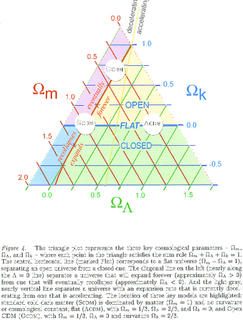SUPERFLUID 3He WEAK LINK PHYSICS
Although Josephson's first theoretical results for weak links were verified in superconductors shortly after his discovery, they have lain dormant waiting for verification by another type of phase coherent system. There were two candidates that could most likely fulfill this prophecy, superfluid 3He and 4He. Superfluids are phase coherent systems that can be described by a "macroscopic" quantum wave function (fulfilling the first requirement of the theory). However, is it possible to create a weak link separating the superfluid? And secondly, how does one measure such small mass currents through the weak link?
In order to weakly couple two volumes of superfluid it is necessary to separate them by a strong thin wall containing a small hole. In addition, the dimensions of the thin wall and the hole must be on the order of the healing length for the superfluid. The superfluid healing length is the length over which the order parameter or wave function can vary while still minimizing the free energy (similar to the coherence length for superconductors).
Can all Quantum probabilites pass a "open doorway" somehow? If one held to thinking about some level of these quantum probabilities as having a place in which to reside, then one might ask, what pattern would establish itself, in the entropic gathering from superfluid states?
Hilbert's address of 1900 to the International Congress of Mathematicians in Paris is perhaps the most influential speech ever given to mathematicians, given by a mathematician, or given about mathematics. In it, Hilbert outlined 23 major mathematical problems to be studied in the coming century. Some are broad, such as the axiomatization of physics (problem 6) and might never be considered completed. Others, such as problem 3, were much more specific and solved quickly. Some were resolved contrary to Hilbert's expectations, as the continuum hypothesis (problem 1).
So the question might also be asked about the algorithm that would allow all probabilities to have implemented their "pattern organization recognition" that would be unique to every fawcett of our human experience, and where might these probabilities exist?
I have always wondered how perception could have been changed, if our world was colored in some way, as to the emotive and intellectual challenges? Held to mass configurations, as a comparative view of what the body is thinking. Of what many people were thinking. But this might have been considered as crackpotism. :)
Wormholes?
So "open doorways" and ideas of "tunnelling" are always interesting in terms of how we might look at an area like GR in cosmology? Look for way in which such instances make themself known.
Are they applicable to the very nature of quantum perceptions that such probabilites could have emerged through them? Held to "time travel scenarios" and grabbbed the history of what had already preceded us in past tense, could have been brought again forward for inspection?
Some may blame Josephson for what had not occurred, yet, this quest for understanding is quite strong as to how such processes work, not only, in a computer manufactured processes, but in a human capacity as well. That change from technology to human desire for understanding about our natures would have sent some over the edge, but they are indeed caring individuals who would like to push back the boudaries of our understanding, not just in the physics sense. This again, held to crackpotism is unfortunate.
Maybe we can change our stripes to LQG and reap the rewards of another venue held to QG in the blogosphere, that would make you feel better? The issues are still troubling what ever you call the validation process.

